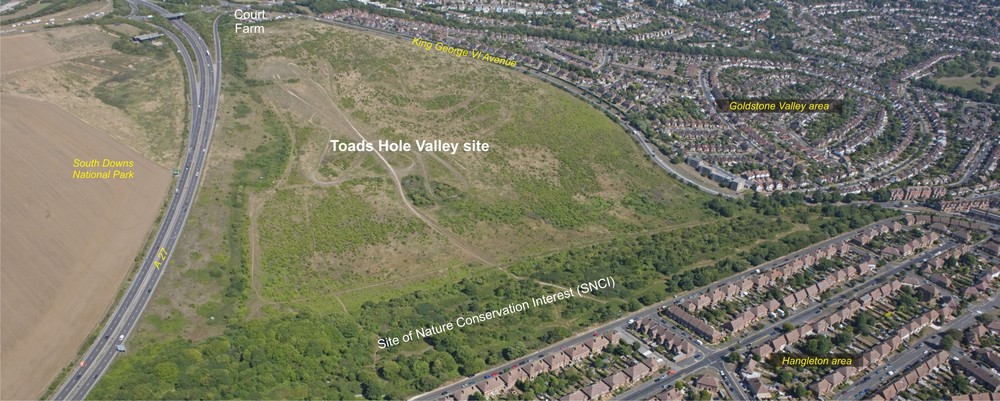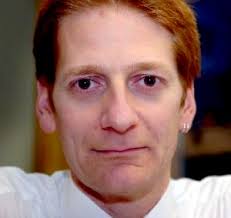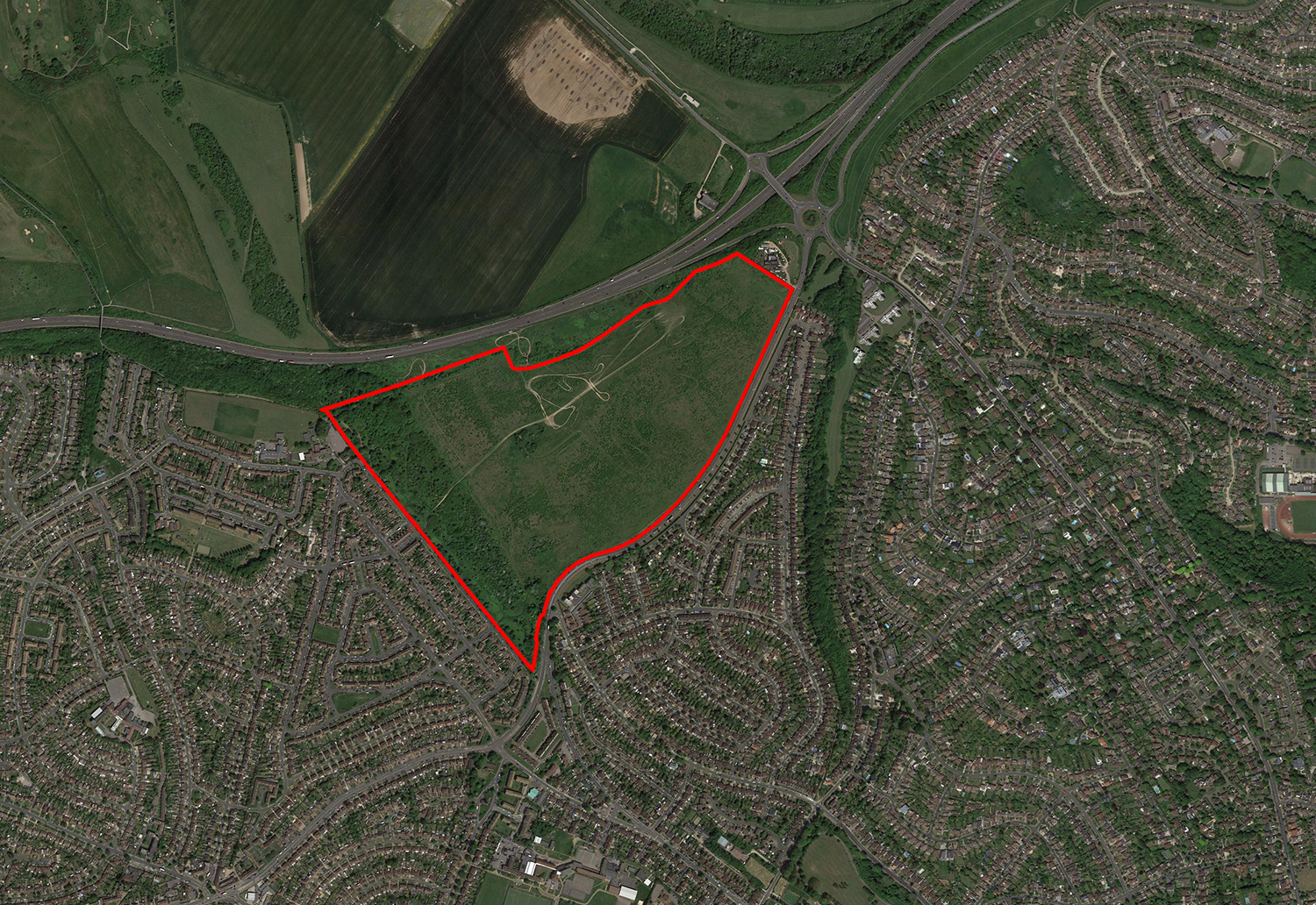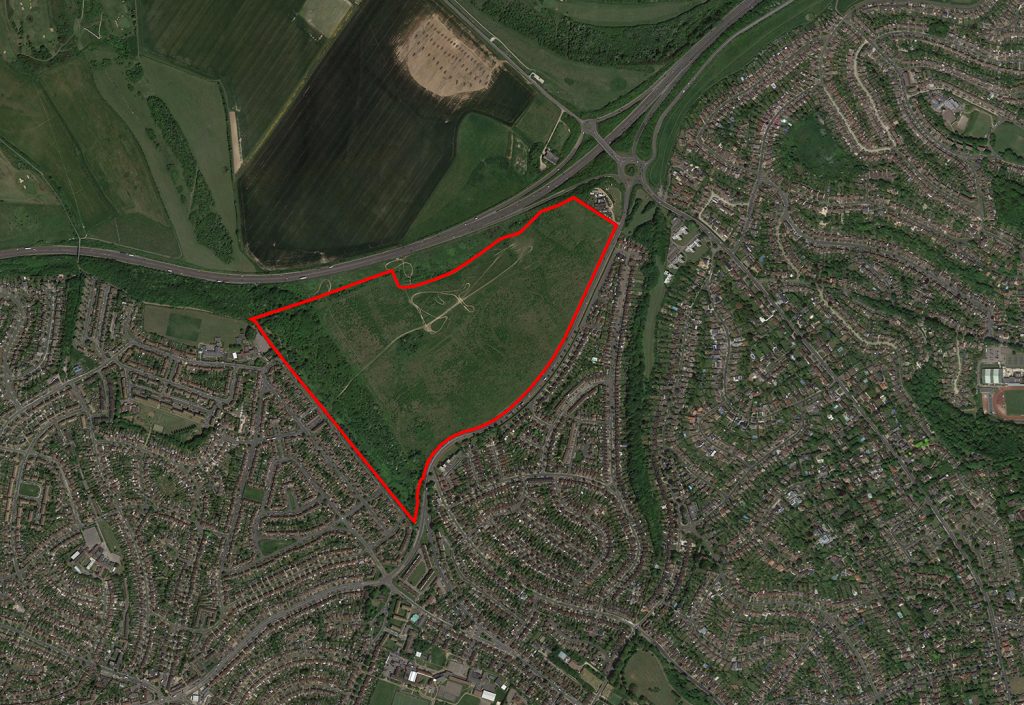A campaign group is urging Brighton and Hove City Council to refuse outline planning permission for 880 homes at Toads Hole Valley in Hove.
The plea from Brighton and Hove Friends of the Earth (BHFoE) comes as the council’s Planning Committee prepares to decide whether to approve the scheme.
The campaign group said that if the plans were approved, it would be “a massive wasted opportunity which will cause great harm to the city with more traffic and pollution”.
And, BHFoE said, if the scheme went ahead, it would undermine key local and national targets on transport and climate.
The consortium behind the scheme – Toad’s Hole Valley Limited, Pecla Investments Limited and Robert Simon – originally submitted plans for the site, off King George VI Avenue, known locally as Snakey Hill, in 2018.
The privately owned 91-acre site, just south of the A27 Brighton bypass, is the largest greenfield development site in Brighton and Hove.
And the proposed scheme includes homes, a school, sports and community facilities, offices and other business premises, including shops, as well as a community centre, doctors’ surgery and wildlife site.
Earlier this year, still awaiting a decision, the consortium lodged an appeal with the Planning Inspectorate and submitted an identical application – known as a twin-track approach.
Shortly afterwards, in March, the council’s Planning Committee met to agree its position in the absence of road safety and traffic information.
The committee said that it would have refused planning permission for the scheme in the absence of the transport assessments.
Yesterday (Tuesday 17 May) the council said: “With the transport impact information now available, a special Planning Committee will be held on Wednesday 25 May to decide the duplicate planning application for Toads Hole Valley.”
Officials have recommended that the committee approve the scheme and, if it agrees, then an appeal hearing, currently scheduled to take place next month, would not take place.
But Brighton and Hove Friends of the Earth said: “BHFoE is concerned the development will unnecessarily increase traffic, congestion and pollution within the city.
“The proposed bus service is inadequate even before concerns that the money set aside for it will remain sufficient, with rapidly rising inflation.
“There are also no safe cycle facilities connecting the development with the city and their future development is prejudiced by the main junction design.

“The proposed ‘travel plan’ is set to lock in polluting travel behaviour. Its level of ambition is so poor that it will undermine the government target for over a half of all journeys in urban areas to be walked and cycled by 2030.
“Nearly one quarter of all the homes in the first phase will have no access to public transport or cycle infrastructure except into the National Park.
“This will lock them into car-based lifestyles. The rest of the development will fare little better.
“The city has the ambition to be net-zero by 2030, supported by both Labour and the Greens, yet this development will undermine that.
“It will increase emissions from transport, when it is likely we will need to reduce traffic in the city by around 25 per cent to 50 per cent to meet this target.”
Chris Todd, of BHFoE, said: “The usual obsession with modelling traffic levels, without first aiming to maximise a reduction in car use, has resulted in the all too familiar results: rising traffic, increased pollution and congestion, and scarce resources being wasted on building bigger junctions. We need a different approach.
“How can a development in the 21st century have no cycle links into the city and not come with a high-frequency bus service?
“The fact that the highways authority appears to have completely ignored these issues is even more worrying.
“It provides bland reassurances that further improvements can be sought later on but the junction design for the main entrance will prejudice links to Nevill Road and elsewhere.
“The ‘travel plan’, while containing an impressive list of actions, is effectively admitting failure with its very weak targets and expectation of huge car dependency.
“While it will encourage new residents to reduce car use, they can only do that if there are safe and attractive options.

“Nearly a quarter of the residents won’t have access to any cycle or bus links into the city when they move in while the rest will only have access to an inadequate bus service.
“For people to even consider calling this an exemplary sustainable development is beyond belief. It is a massive wasted opportunity which will cause great harm to the city with more traffic and pollution.
“What is most shocking is that the lack of scrutiny on transport issues has left the Planning Committee in the dark.
“This will have skewed their conclusions last time and could skew them again. The development should be rejected until these critical issues are resolved.”










